Chapter: Biology of Disease: Toxicology
Paraquat - Toxicology Poisons
PARAQUAT
Paraquat (Figure 12.18) is used widely as a weed killer,
hence is often found in the home. Unfortunately paraquat has caused many
hundreds of deaths both by accidental and deliberate poisoning, the latter
including both suicide and homicide.
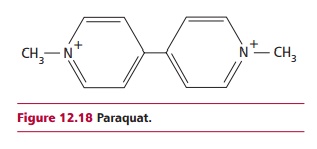
Paraquat is a local skin irritant, causing inflammation,
although poisoning usually follows oral ingestion. The toxic effects are dose
related and with small amounts there may be minimal damage that is reversible.
Fatal doses cause a painful death within several days or weeks, with extreme
abdominal pain, vomiting and
diarrhea. The major target
organs are the
lungs with larger doses
causing alveolar edema,
resulting in destruction
of lung tissues and fibrosis, if
the patient survives beyond a few days. Pulmonary fibrosis and respiratory
failure can, however, develop up to six weeks after ingestion. The kidneys,
heart and liver may also be damaged but the lungs are particularly susceptible
in paraquat poisoning because alveolar epithelial cells actively accumulate
paraquat to toxic concentrations. Furthermore, the presence of large
concentrations of oxygen in the organs exacerbates the morbid effects. Paraquat
in alveolar epithelial cells is reduced by electron donors, such as NADH, to a
stable reduced form (Figure 12.19). Given the prevailing aerobic conditions, this transfers an electron to dioxygen to form a superoxide radical:
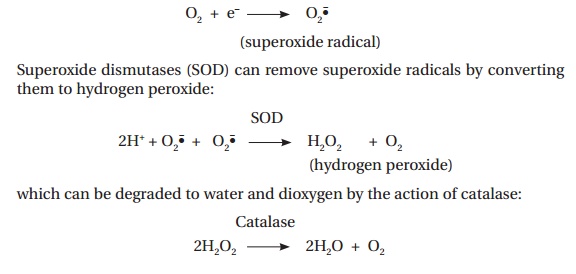
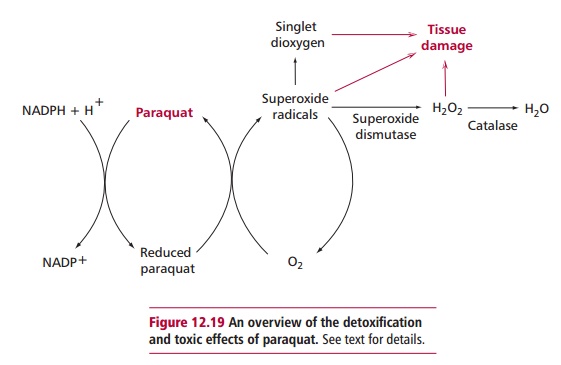
However, the actions of SOD and catalase are likely
to be overwhelmed in aerobic conditions and the superoxide radicals accumulate
and react with hydrogen peroxide to give highly toxic hydroxyl radicals,
particularly in the presence of ions of transition metals, such as iron and
copper:

These lead to a variety of toxic effects, such as
lipid peroxidation (Figure 12.20).
The resulting lipid peroxides may give rise to lipid radicals and membrane
damage leading to tissue damage and fibrosis. Lipid peroxides will also oxidize
glutathione (Figure 12.6) and its
reoxidation further reduces the depleted amount of NADPH. This reduces the
ability of the alveolar cells to carry out essential functions, such as
biosynthetic repairs.

There is no antidote for paraquat poisoning and once
it has accumulated in the lungs little can be done to prevent its toxic
effects. Treatment largely consists of trying to prevent absorption by the gut
by gastric lavage and by using Fullers Earth as an adsorbent. Hemoperfusion may
also be used to reduce the concentration of any paraquat already absorbed.
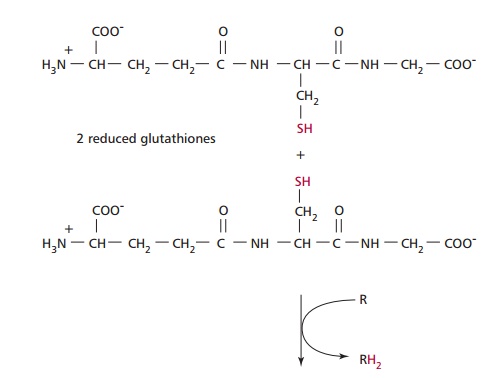
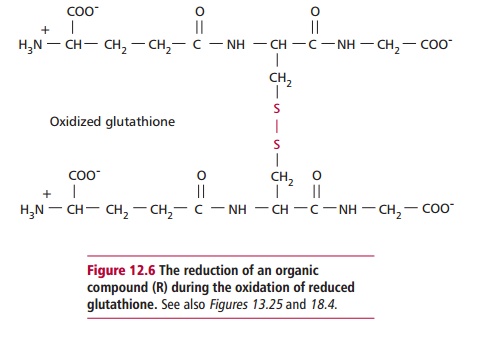
Related Topics